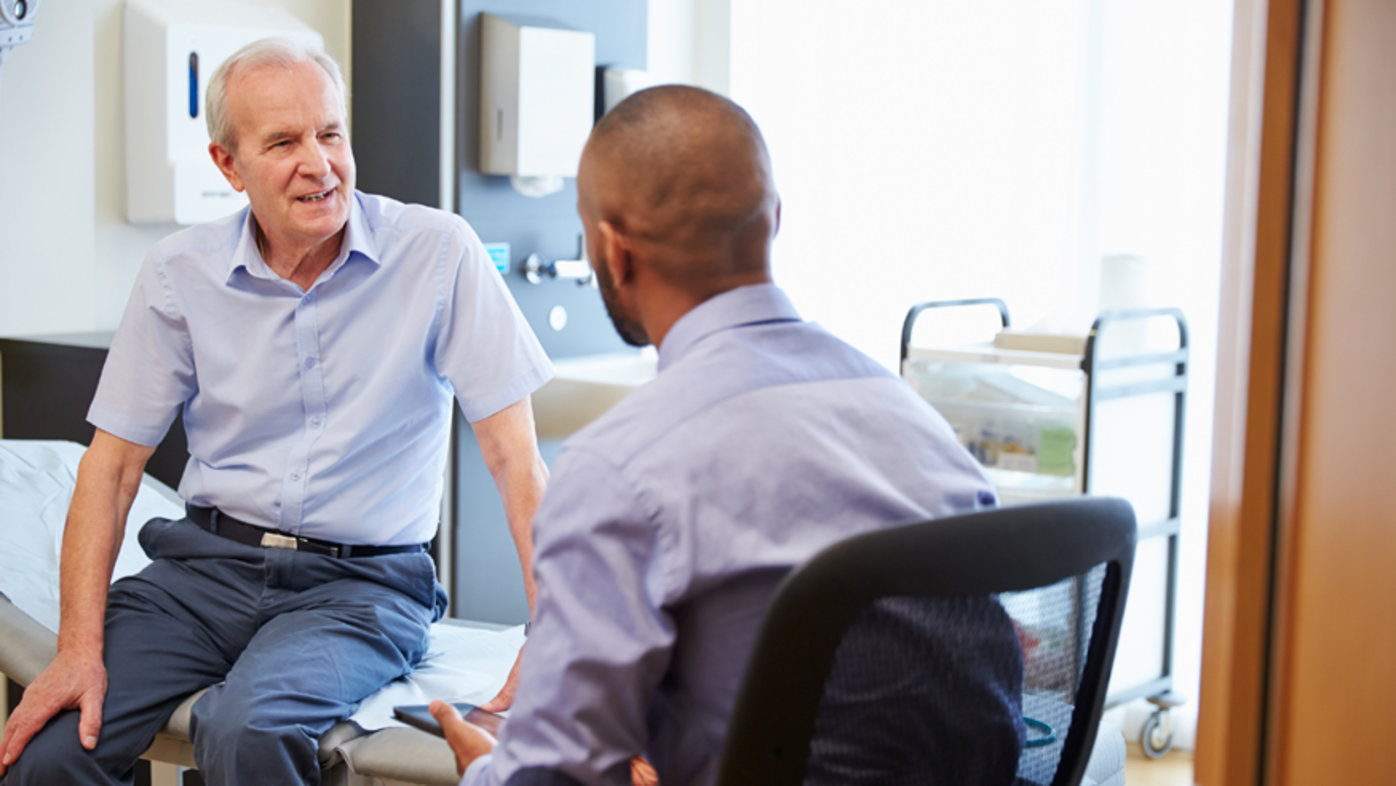
Blood in your stool: It’s not always hemorrhoids
Dr. Erick Alayo explains when blood in the stool may indicate hemorrhoids, and when it might be something else.
Millions of people experience some type of back pain during their lifetime. Back pain is common and usually related to an injury or muscle issue. But less commonly, it can also be a sign of a more serious medical condition, such as cancer.
“Back pain isn’t commonly a symptom we see before someone is diagnosed with cancer,” says Dr. Marilyn Norton, an oncologist and hematologist affiliated with Sharp Chula Vista Medical Center. “However, we often see patients ignore their back pain because they assume it is the same pain they have always had. Worsening back pain is a concern that should be brought to the attention of your physician.”
When back pain is a symptom of cancer, it’s usually a side effect of treatment, such as chemotherapy, or because the cancer has spread — or metastasized — to another part of the body, typically the spine. A number of cancers can metastasize to the spine, including breast cancer, testicular cancer, colon cancer and lung cancer.
In fact, approximately 25% of people with lung cancer report back pain as a symptom. This is because a tumor in the lungs can put pressure on the spine or can affect the nerves around the chest wall and spine.
Types of cancer-related pain
There are different types of back pain that cancer can cause:
Mechanical pain occurs when the cancer damages the structures of the spine, and it becomes unstable. This pain usually worsens when patients get up and move around, so treatment commonly involves wearing a brace or some other method of stabilizing the spine.
Inflammatory pain is caused by the cancer itself, as most cancers release molecules that can cause irritation, inflammation and pain. Treatment is typically limited to treating the cancer itself.
Radicular pain is nerve pain, which occurs when the cancer is pushing on a nerve in the spine. It can feel like an electric shock going down a limb or around the chest. Sciatica is the most well-known type. Radicular pain can be relieved by treating the tumor to stop it from compressing the nerve causing the pain.
“Back pain is an issue for many of our patients under treatment,” says Dr. Norton. “There is physical therapy, medications and supportive devices, such as back braces, that we can use to help.”
According to Dr. Norton, back pain should be treated with special attention when it lasts more than 6 weeks or is accompanied by:
Fever
Chills
Night sweats
Unexplained weight loss
Bowel issues
Bladder issues
While back pain as a symptom of cancer is rare, it is important to talk with your doctor about any changes you experience or anything causing you concern.
For the news media: To speak with Dr. Norton for an upcoming story, please contact Erica Carlson, senior public relations specialist, at erica.carlson@sharp.com.
Our weekly email brings you the latest health tips, recipes and stories.